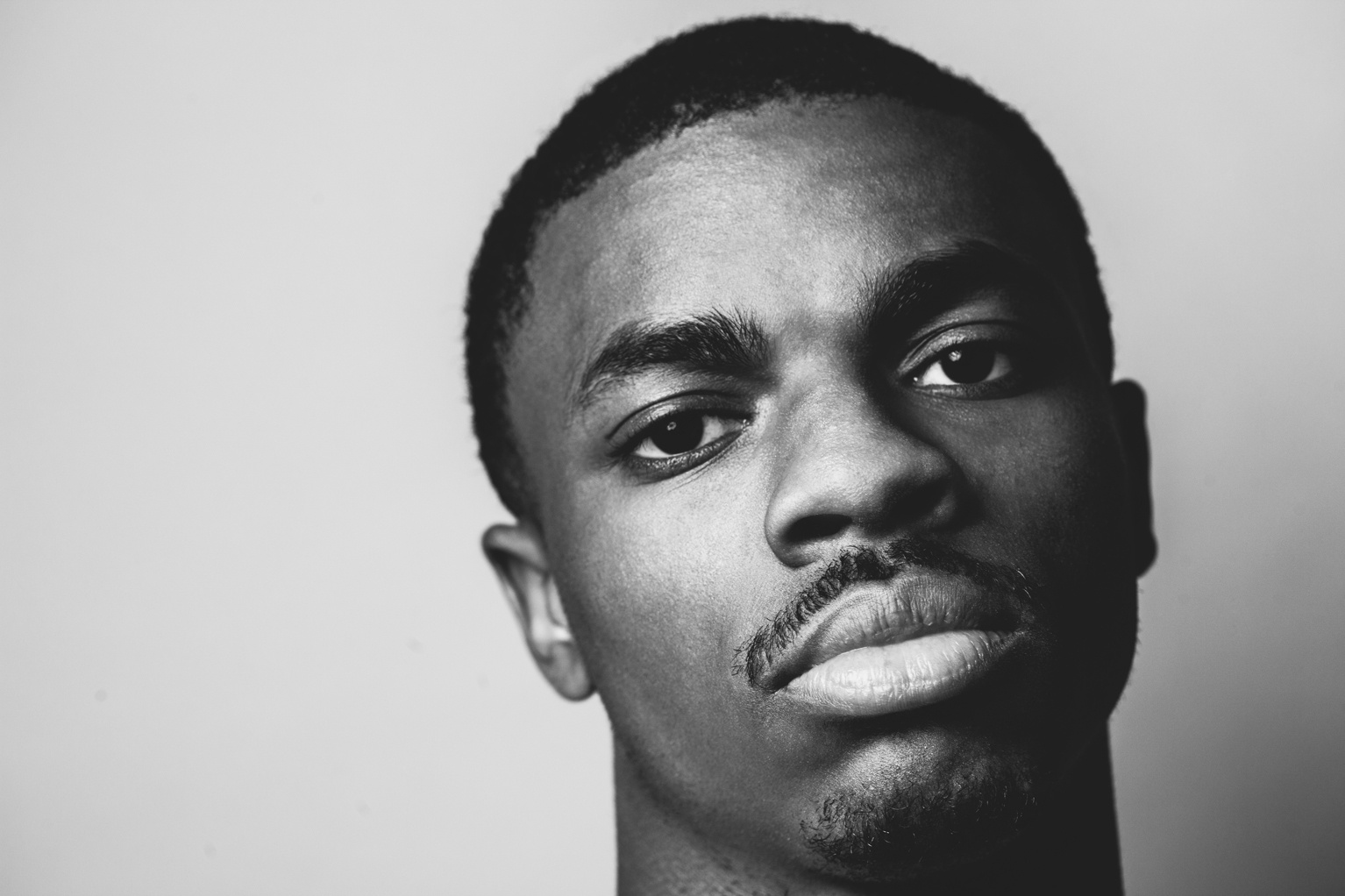Summertime ’06 is a misleading title. Vince Staples‘ breezy single Nate (which found it’s way onto the chillout house blogs) was the perfect rap anthem for a balmy summer’s night – Summertime ’06 is not. Nor is it a rose-tinted throwback to a warm youth, like Frank Ocean’s Nostalgia-Ultra. Instead the title refers to the exact moment in time when Vince Staples lost his innocence. When he realised that the horrors of Long Beach gang life was just a reflection of the cruelty of life itself. The album begins with the troubling squawk of a seagull, while No I.D. provides a lumbering and queasy beat. You can feel the beginning of a sticky heat that leaves people restless and jittery. A lone gunshot creates a total silence. This is not going to be a good summer.
At it’s simplest the album is like many West Coast rap albums in that it is tells the story of Vince’s life growing up in Long Beach, and the inescapable influence of gang culture and crime. It’s distinguished for it’s detached, scientific quality. “More black kids killed from a pill than the feds in the projects/ In the Planned Parenthood playin’ God with ya mom’s check/ You ain’t even been to prom yet,” says Vince on Surf, matter-of-factly. He records his reality for posterity. By reporting objectively on his surroundings, Vince’s message is doubly political. It’s almost Dickensian as a piece of social commentary. For that reason, it shares obvious parallels with another modern classic, Good Kid M.A.A.D City. But where Kendrick Lamar “rose from that dark place of violence” to become a beacon of hope and positivity, what Vince has seen has left him depleted and disillusioned. Summertime ’06 is in many ways Vince’s comic book origin story. We learn of the events that gave Vince his mackerel-eyed look, and his weary drawl.
Vince’s deadpan style further enhances the documentary feel of the album. It also lends credibility to his story. His affectless tone and languorous delivery show the listener that lines like “Folks needed porsches, hoes need abortions” are unembellished. “I wake up feeling like I am the coldest nigga breathing,” Vince breathes on the ice-cold CNB. It’s delivered as a statement of fact, one that he derives no joy from. It’s menacing because it’s effortless and unadorned. But Vince’s laboured voice also betrays his feelings. On Lift Me Up, the album’s closest thing to an anthem, Vince barely manages to muster the energy to repeat the songs refrain. This is the voice of someone exhausted, defeated and stoic. Someone resigned to his fate.
The production is as arresting as the raps, perfectly reinforcing the tense and hollow feel of the album. In many ways the production is not dissimilar from much of modern rap. You can hear the influence of Yeezus and even A$AP Rocky’s A.L.L.A. Clipped drums, distorted electric guitars, shaky synths, and abrupt samples. Clearly, minimalism is the flavour of the month in hip-hop. Visionary beatmaker No I.D. pushes the envelope further to create something truly desolate. No I.D. gives new meaning to “stripped back”, Norf Norf is frightening in its simplicity. The distorted electric guitar gives the album an industrial feel, whilst the random bursts of percussion make it jumpy. Play it loud in a car and feel it’s cavernous, lonely quality. There’s also a vaguely unsettling Latino vibe about it, with Lemme Know and Jump Off the Roof sound like Placido Domengo overdosing on sedatives. If you don’t like the cowbell, this album may not be for you. In fact, whilst the production is fruitier than Earl Sweatshirt’s I Don’t Like Shit, I Don’t Go Outside, I would argue it’s more haunting. The album’s few moments of warmth are therefore significant. The distorted vocals in Might Be Wrong are very much in the My Beautiful Dark Twisted Fantasy mould. Whilst at times the production has an almost deliberate FruityLoops feel to it, there’s no doubt it will be dominant in hip hop for some time.
For these reasons Summertime ’06 will be a favourite with rap critics. It has all the bells and whistles of the modern, thinking man’s rap album. The raps are conscious, political and expert. The beats are so minimal that they can only be enjoyed by those willing to dig deep. You would play this album right between To Pimp A Butterfly and A.L.L.A. at a listening party with other hip hop heads, while you all donned the Emperors New Clothes and rag on 2 Chainz. Vince recognises the irony of white people being the biggest consumers of this brand of indie hip-hop. “All these white folks chanting when I ask them ‘Where my niggas at?’/ Going crazy, got me going crazy, I can’t get with that/ Wonder if they know I know they won’t go where we kick it at?” questions Vince on Lift Me Up. The brilliant video clip for Senorita shows a white family happily watching a dystopian reality television show where working class minorities fight for survival. So whilst the style might be Andy Warhol, the substance is Jane Austen. Whilst aesthetic, this is simply a clinical description of the artist’s surroundings; poverty, crime and despair. It’s an ancient tale made ultra-modern.

